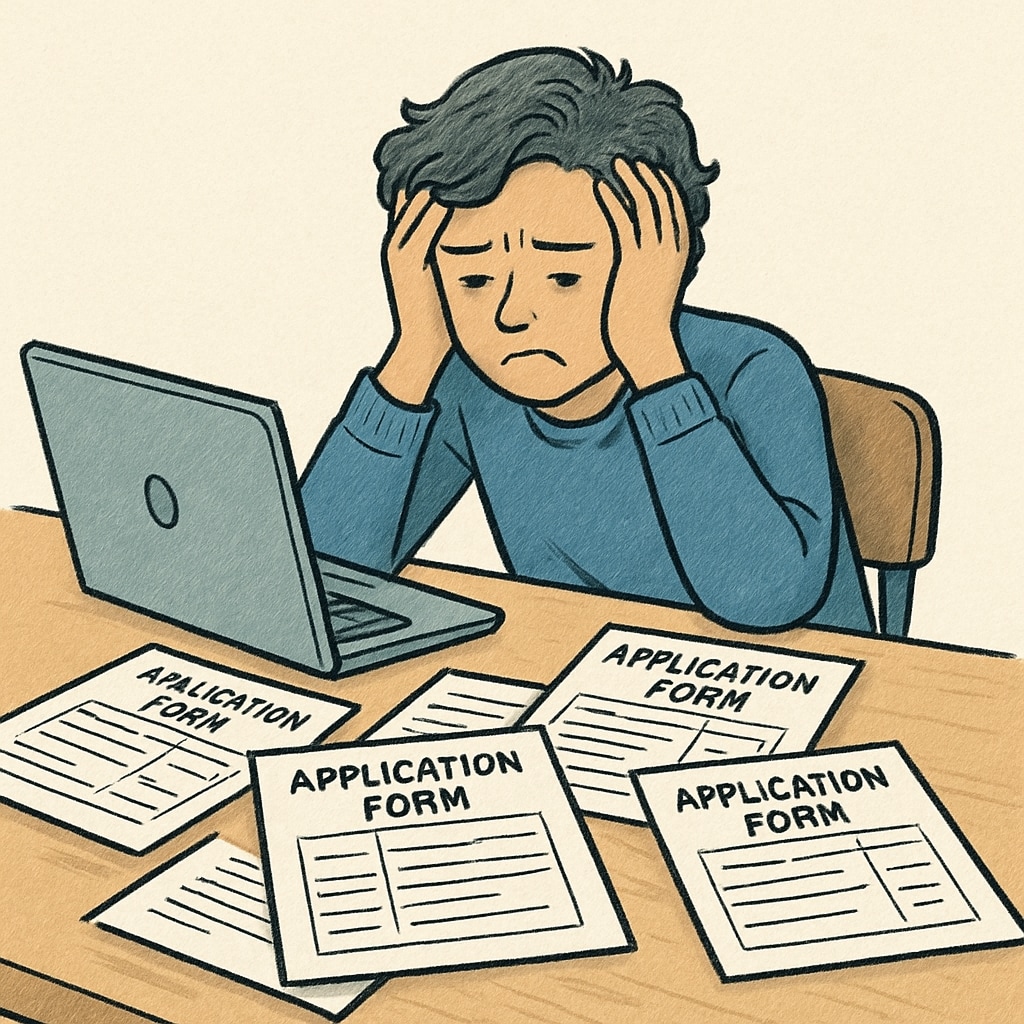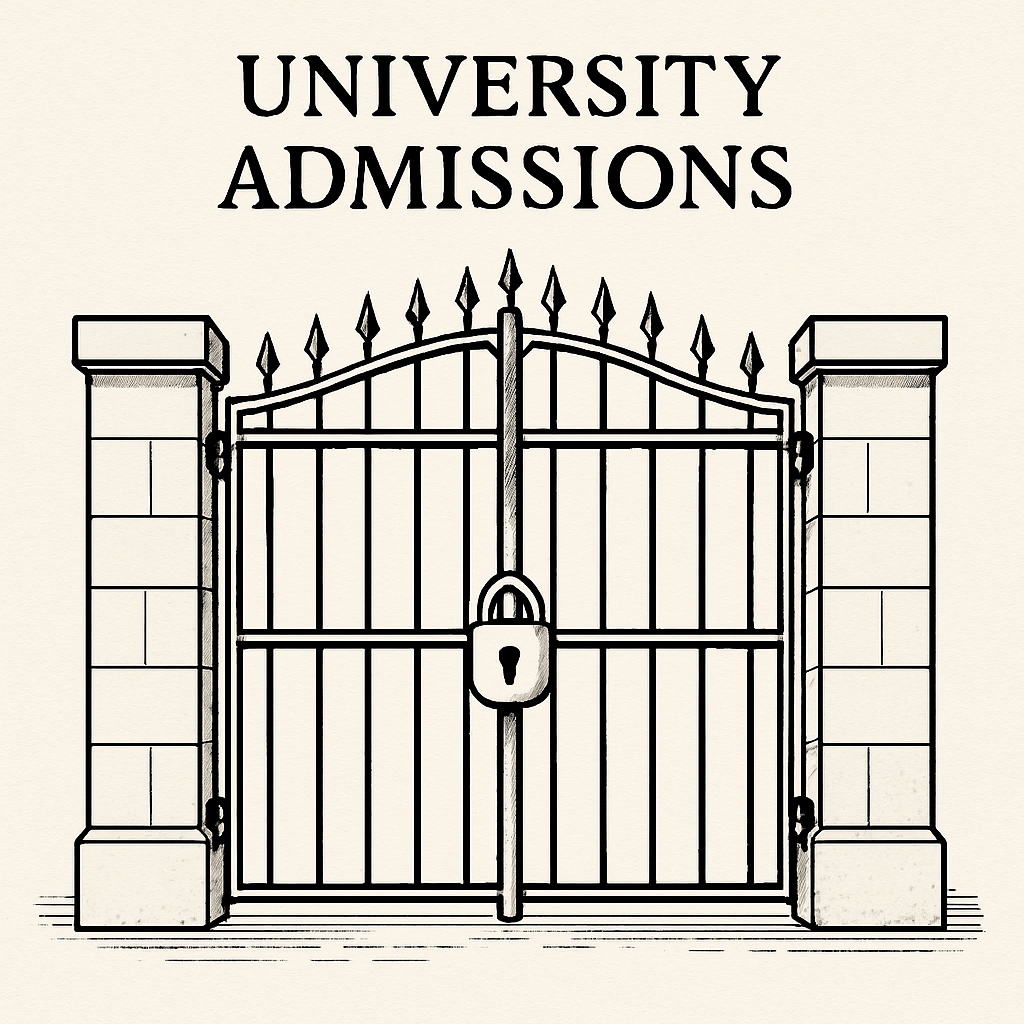The university application system, riddled with excessive complexity, has become a daunting and often irrational obstacle for students at the end of their K12 education journey. With processes that demand meticulous attention to detail, a lack of transparency, and the controversial role of standardized testing, this system impacts not only students but also teachers and parents. It is time society reevaluates this convoluted structure that feels more like an absurd maze than a gateway to higher education.
The Overwhelming Complexity of University Applications
For many students, applying to universities feels like navigating a labyrinth. Each institution has its unique requirements, ranging from essays and interviews to recommendation letters and test scores. While diversity in criteria might seem reasonable, the lack of standardization creates undue stress and confusion. Students are often left juggling multiple application portals, attempting to meet conflicting deadlines and requirements.

In addition, the rise of supplementary essays adds yet another layer of complexity. These essays require applicants to tailor their responses to each university’s specific prompts, consuming time and energy that could otherwise be spent on academics or extracurricular activities. According to Britannica’s overview of higher education, such barriers may inadvertently discourage talented individuals from pursuing higher education.
The Lack of Transparency in the Application Process
Another glaring issue in university applications is the lack of transparency. Admission criteria often remain vague, leaving students guessing about what truly matters. For example, how do universities weigh GPA against extracurricular achievements? What role do recommendation letters play in the final decision? These unanswered questions create anxiety for applicants and their families.
Moreover, the opaque nature of admissions decisions often leads to skepticism about fairness. Stories of favoritism or biases—whether based on legacy admissions, donations, or other factors—fuel public distrust. Transparency is crucial to ensuring that the university application system is perceived as equitable and merit-based.

The Contradictions of Standardized Testing
Standardized testing, once considered the cornerstone of college admissions, increasingly faces criticism for its contradictions. Tests like the SAT and ACT claim to measure academic readiness, yet they often fail to account for disparities in access to preparation resources. Students from affluent backgrounds can afford private tutors and preparatory courses, while others are left to navigate the tests with limited support.
Furthermore, standardized tests often prioritize memorization and test-taking strategies over genuine intellectual curiosity and creativity. This raises questions about whether such assessments truly reflect a student’s potential. According to Wikipedia’s entry on standardized tests, the growing trend of test-optional policies among universities highlights the system’s inherent flaws.
The Ripple Effects on Students, Teachers, and Parents
The complexity and contradictions of the university application system have far-reaching consequences. Students often experience burnout, sacrificing their mental health to meet unrealistic expectations. Teachers, tasked with writing recommendation letters and guiding students, face added workloads that detract from their primary teaching responsibilities. Parents, meanwhile, struggle to provide emotional and financial support amidst escalating pressures.
As a result, the entire education ecosystem suffers. Instead of fostering a passion for learning, the system reduces education to a competitive race. The focus shifts from intellectual growth to ticking boxes on an application form.
Reimagining the University Application System
To address these issues, stakeholders must collaborate to simplify and standardize the application process. Possible solutions include:
- Creating a universal application platform that minimizes redundancy.
- Improving transparency by clearly outlining admission criteria and decision-making processes.
- Revisiting the role of standardized testing and exploring alternative assessment methods.
- Providing equitable access to resources for all students.
While these changes may take time, they are essential for building a fairer, more accessible higher education system. By removing unnecessary barriers, we can empower students to focus on their passions and aspirations rather than navigating an absurd application maze.
As society continues to evolve, the university application system must adapt to meet the needs of modern students. An inclusive, streamlined process will benefit not only individuals but also the broader education ecosystem.
Readability guidance: The article uses short paragraphs, clear transitions, and lists to improve readability. Complex ideas are explained with examples, and external links provide additional context for key concepts.


